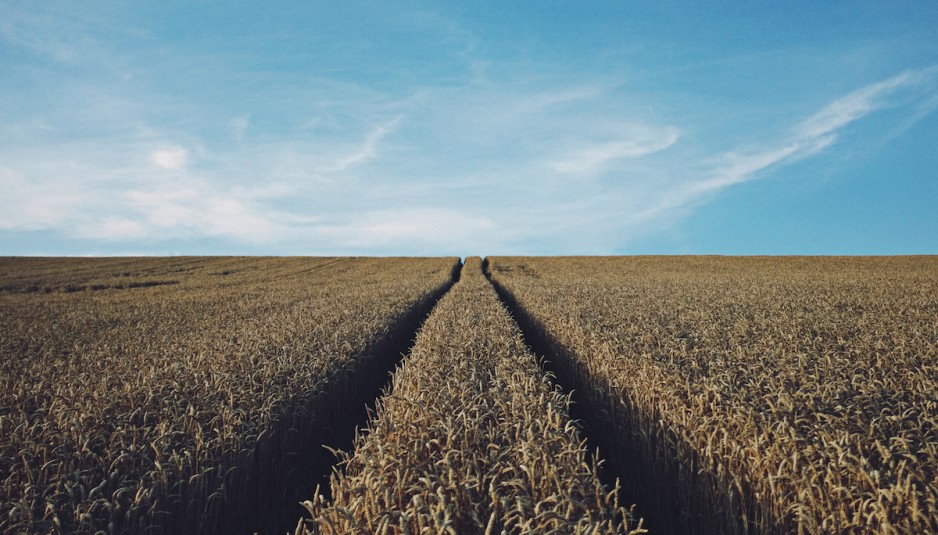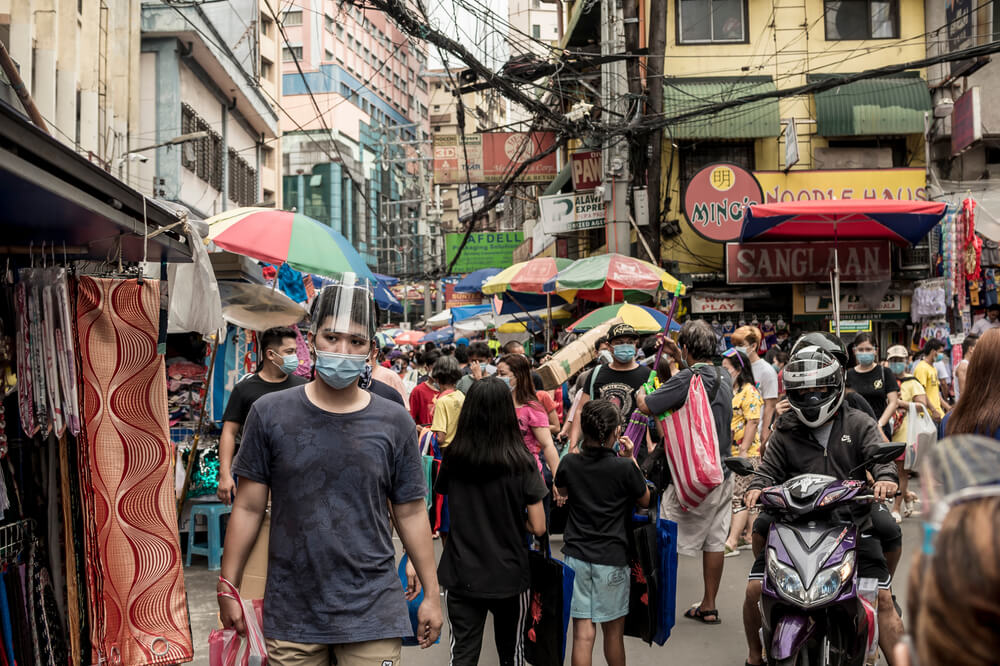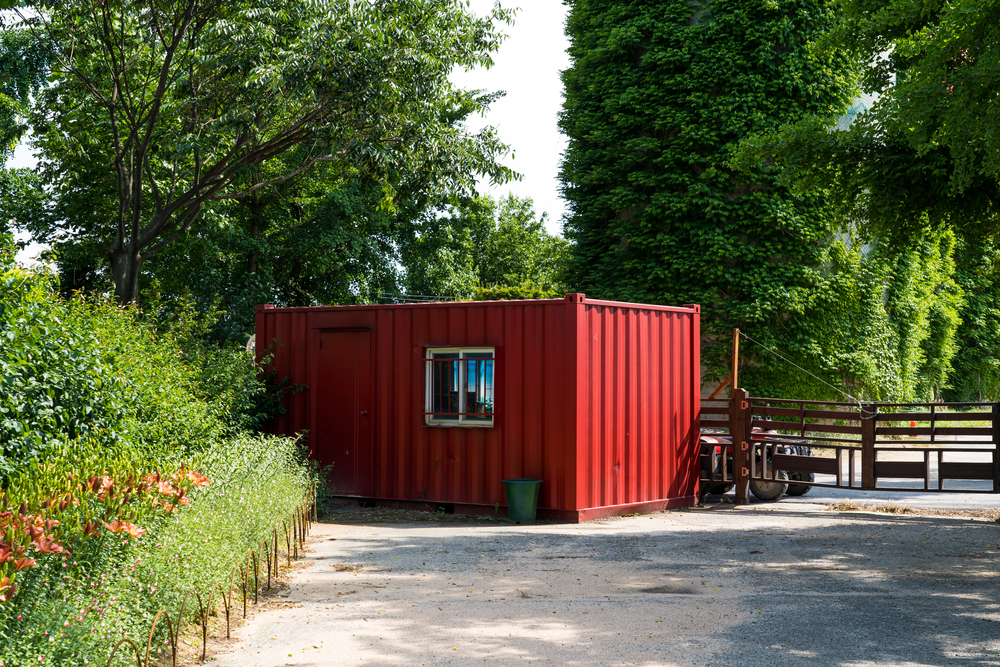There’s nothing inevitable about how we’re going to feed the world as population grows. A World Economic Forum report plotted our possible food futures along two axes: resource-efficient vs. resource-intensive food production and interconnected global markets vs. fragmentation.

For investors and businesses, each scenario presents risks and opportunities. “A new era of business could…contribute to greater resiliency in global markets, increase the resource efficiency of business operations, and leverage technology to address social and environmental challenges in food systems,” says the report. Let’s take a look back from 2030:
Survival of the Richest: Unchecked population growth, increasing inequality and high food prices led to conflict and migration, giving rise to nationalist policies that decreased trade. Resource scarcity has intensified needs, prompting a run on land and water resources. The sluggish global economy has created clear “haves” and “have-nots”.
Unchecked Consumption: Soaring demand for food and growing trade is accelerating as markets boom. Billions of middle-class consumers have adopted a high-volume, high-calorie, low-nutrition diet, driving up health costs. As the “foodprint” expands and natural resources are severely depleted, fisheries and drylands begin to collapse. Inter-connected markets and resource-intensive diets drive fast economic growth — at a high environmental cost.
Local Is the New Global: Local food has become dominant, as have sustainable products. Consumers have reduced food waste and food policies have helped make healthier diets less expensive. Supply chains have become shorter and food more plant-based, reducing environmental impact. Markets are fragmented but food is less intensive to produce. This is good for resource-rich countries but nations without robust agriculture sectors have become hunger hotspots.
Open-source Sustainability: Food is abundant, reducing dependence on a few staples. Interconnected markets and trade foster innovation but markets and communities remain susceptible to weather, economic and political shocks. New businesses and policies support sustainable choices and healthy diets. The youth take up data-driven agriculture, older farmers struggle to keep up.











